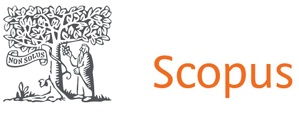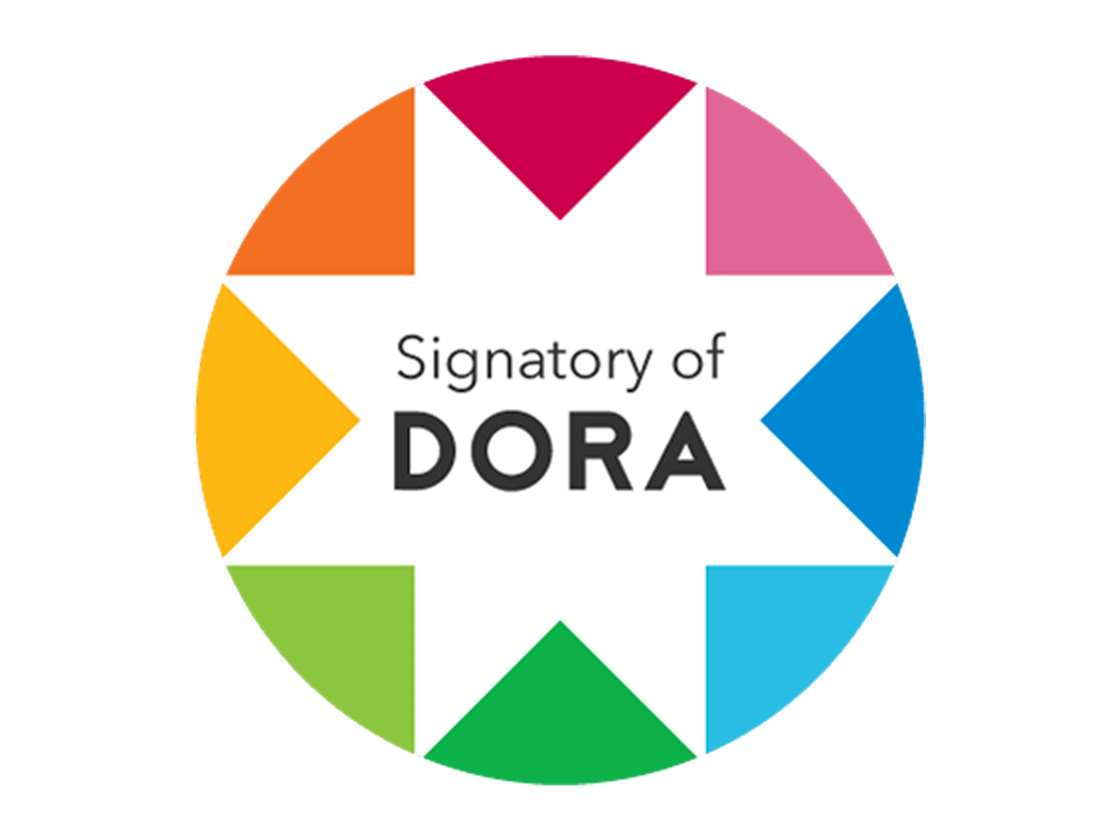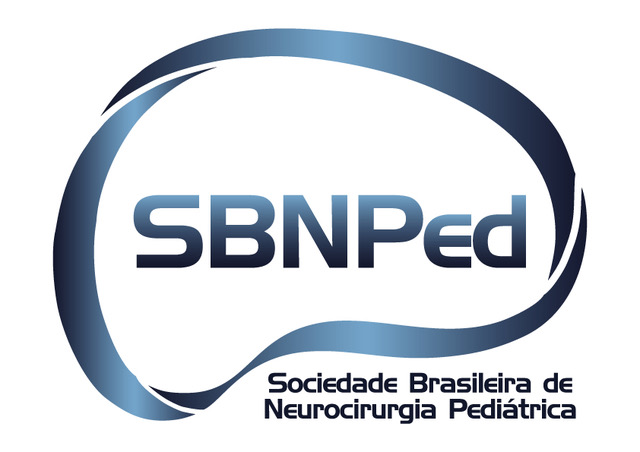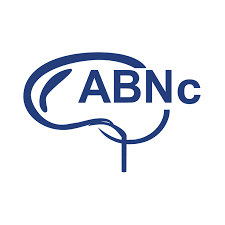ETV and choroid plexus coagulation: a critical analysis
DOI:
https://doi.org/10.46900/apn.v3i1(January-April).70Keywords:
Neuroendoscopy, choroid plexus coagulation, critical analysisAbstract
Objective: To analyze the current medical literature regarding the addition of choroid plexus coagulation (CPC) to an endoscopic third ventriculostomy (ETV), with the aim of improving its efficacy. The historical background and rationale for these procedures are also presented.
Methods: A Pubmed search using MeSH terms “choroid plexus coagulation” and “endoscopic third ventriculostomy” was performed in October 2020, retrieving 107 papers. A summary of the findings of these articles is provided, with a particular emphasis on the ones with higher scientific evidence levels (two systematic reviews with meta-analyses and three prospective studies with large case series). The following questions should be answered: “Does CPC add to the success rate of ETV, and in comparison, with shunts?” “Which clinical and surgical factors contribute to positive results of CPC / ETV?” And “Does CPC add morbidity / mortality to endoscopic surgery?”
Results/Discussion: There is significant evidence to support that CPC adds up to the success rates of ETV; this is particularly true in the context of the so-called “communicating hydrocephalus”, especially for patients with post-infectious and post-hemorrhagic hydrocephalus. Nevertheless, patients with “obstructive” etiologies also benefit from CPC + ETV. Pooled success was estimated at around 63%, and successful results as measured by shunt-free rates ranged from 49% to 75%. The highest benefit was observed in patients above 6 months of age. Other factors that might have an influence in success rates include extent of cauterization and, understandably, the use of flexible endoscopes, that allow for coagulating greater amounts of choroid plexus. Morbidity rates were not affected and remained similar to ETV and other neuroendoscopic procedures alone (around 1% overall).
Conclusion: The addition of CPC to an ETV can be quite beneficial and improve its success rate; this combination is certainly useful to avoid shunts. Nevertheless, patient selection and a thorough knowledge of the surgical indications and techniques is still required to achieve satisfactory results.
Downloads
References
2- Warf BC. Comparison of endoscopic third ventriculostomy alone and combined with choroid plexus cauterization in infants younger than 1 year of age: a prospective study in 550 African children. J Neurosurg. 2005 Dec;103(6 Suppl):475-81.
3- Weil AG et al. Efficacy and safety of endoscopic third ventriculostomy and choroid plexus cauterization for infantile hydrocephalus: a systematic review and meta-analysis. Childs Nerv Syst. 2016 Nov;32(11):2119-2131.

Published
How to Cite
Issue
Section
License
Copyright (c) 2021 Marcelo Volpon Santos

This work is licensed under a Creative Commons Attribution 4.0 International License.

When publishing in Archives of Pediatric Neurosurgery journal, authors retain the copyright of their article and agree to license their work using a Creative Commons Attribution 4.0 International Public License (CC BY 4.0), thereby accepting the terms and conditions of this license (https://creativecommons.org/licenses/by/4.0/legalcode).
The CC BY 4.0 license terms applies to both readers and the publisher and allows them to: share (copy and redistribute in any medium or format) and adapt (remix, transform, and build upon) the article for any purpose, even commercially, provided that appropriate credit is given to the authors and the journal in which the article was published.
Authors grant Archives of Pediatric Neurosurgery the right to first publish the article and identify itself as the original publisher. Under the terms of the CC BY 4.0 license, authors allow the journal to distribute the article in third party databases, as long as its original authors and citation details are identified.





























